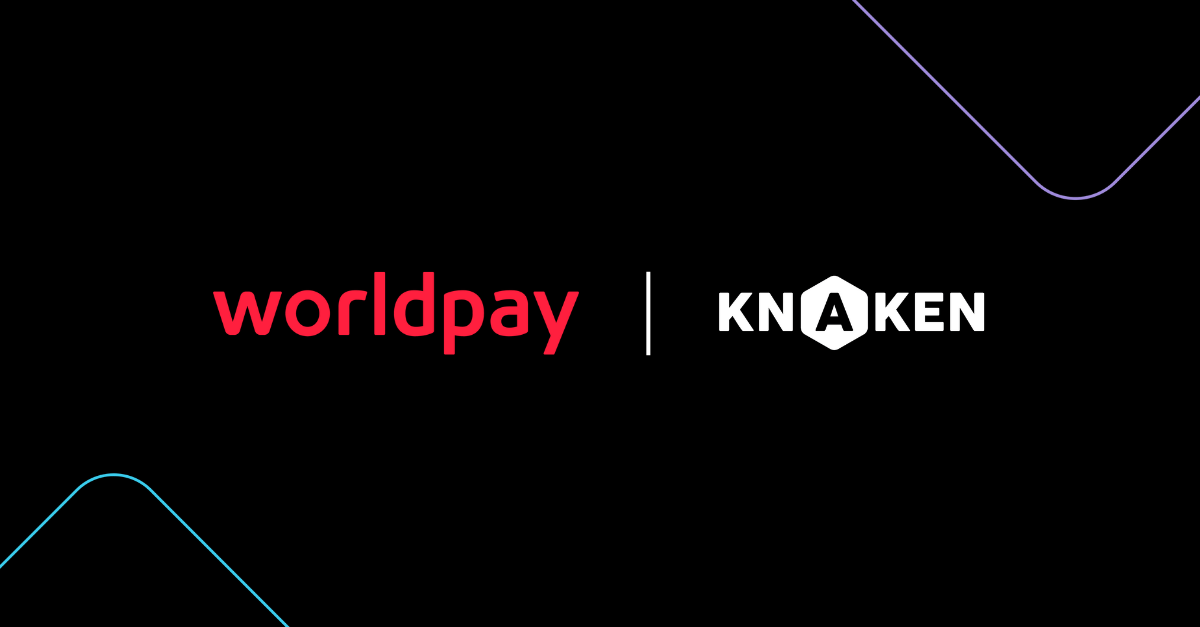Stablecoin
What is a Stablecoin?
A **Stablecoin** is a type of cryptocurrency designed to have a stable value by pegging it to a reserve of assets, such as traditional fiat currencies, commodities, or other cryptocurrencies. The primary purpose of stablecoins is to provide the advantages of digital currencies while minimizing the price volatility typically associated with cryptocurrencies like Bitcoin and Ethereum.
Types of Stablecoins
There are three main categories of stablecoins, each employing different mechanisms to maintain price stability:
- Fiat-Collateralized Stablecoins: These stablecoins are backed by fiat currency assets held in reserve. Each stablecoin issued is typically backed 1:1 by a corresponding unit of the fiat currency. Examples include:
- USDT (Tether) – Pegged to the US Dollar
- USDC (USD Coin) – Pegged to the US Dollar
- TrueUSD (TUSD) – Pegged to the US Dollar
- Crypto-Collateralized Stablecoins: These stablecoins are backed by other cryptocurrencies as collateral, which are held in smart contracts. Due to fluctuations in the value of the collateral, these stablecoins often use over-collateralization to absorb price volatility. Examples include:
- DAI – Pegged to the US Dollar, backed by a basket of cryptocurrencies
- Wrapped Bitcoin (WBTC) – While not a stablecoin in the strict sense, it is pegged to Bitcoin and backed by actual Bitcoin held in reserve.
- Algorithmic Stablecoins: These stablecoins utilize algorithms and smart contracts to control the supply of the token in response to changes in demand, aiming to keep the price stable without being backed by reserves. Examples include:
- Ampleforth (AMPL) – Adjusts supply based on demand
- Terra (LUNA) – Originally algorithmic stablecoin model
Benefits of Stablecoins
Stablecoins offer several advantages over traditional cryptocurrencies and fiat currencies:
- Reduced Volatility: Stablecoins maintain a stable price, making them more suitable for everyday transactions and serving as a store of value.
- Enhanced Liquidity: They provide a bridge between the volatile cryptocurrency market and traditional financial markets, allowing easier access to funds.
- Smart Contract Integration: Many stablecoins are designed to function within decentralized finance (DeFi) ecosystems, enabling a variety of financial applications.
- Global Transactions: Stablecoins facilitate fast and low-cost cross-border transactions, reducing reliance on traditional banking infrastructure.
Use Cases of Stablecoins
Stablecoins have various use cases in the blockchain and cryptocurrency ecosystem, including:
- Remittances: Stablecoins can be used for sending remittances quickly and affordably across borders.
- Decentralized Finance (DeFi): They act as collateral in lending protocols and decentralized exchanges, providing liquidity and stability.
- Hedging Against Market Volatility: Traders can use stablecoins to exit volatile positions without converting back to fiat currency.
- Micropayments: Their stability allows for the creation of platforms that support micropayment systems efficiently.
Challenges and Criticisms of Stablecoins
Despite their benefits, stablecoins face several challenges and criticisms:
- Regulatory Concerns: Governments and regulatory bodies are increasingly scrutinizing stablecoins, particularly about financial stability and consumer protection.
- Centralization Risks: Fiat-collateralized stablecoins may rely on a central entity to manage reserves, presenting risks related to transparency and trust.
- Market Manipulation: The mechanisms of maintaining price stability, particularly in algorithmic stablecoins, can be susceptible to manipulation, leading to instability.
The Future of Stablecoins
As the cryptocurrency landscape continues to evolve, stablecoins are expected to play a significant role in bridging the gap between traditional finance and the digital economy. The growing acceptance of digital currencies by mainstream financial institutions and the potential development of central bank digital currencies (CBDCs) may further shape the future of stablecoins.
- Increased Adoption: With ongoing innovation in the DeFi space, stablecoins are likely to see wider acceptance among users and businesses.
- Integration with CBDCs: The emergence of CBDCs may create new opportunities and challenges for private stablecoins.
- Technological Improvements: Advances in blockchain technology may lead to more sophisticated stablecoin mechanisms and models.
Conclusion
Stablecoins represent a vital segment of the cryptocurrency ecosystem, providing users with stability amidst the inherent volatility of the crypto market. While challenges remain, the growth of stablecoins reflects the increasing demand for digital assets that combine the benefits of cryptocurrencies with the stability of traditional fiat currencies. As the landscape continues to develop, stablecoins are likely to remain a focal point in discussions about the future of finance.


















